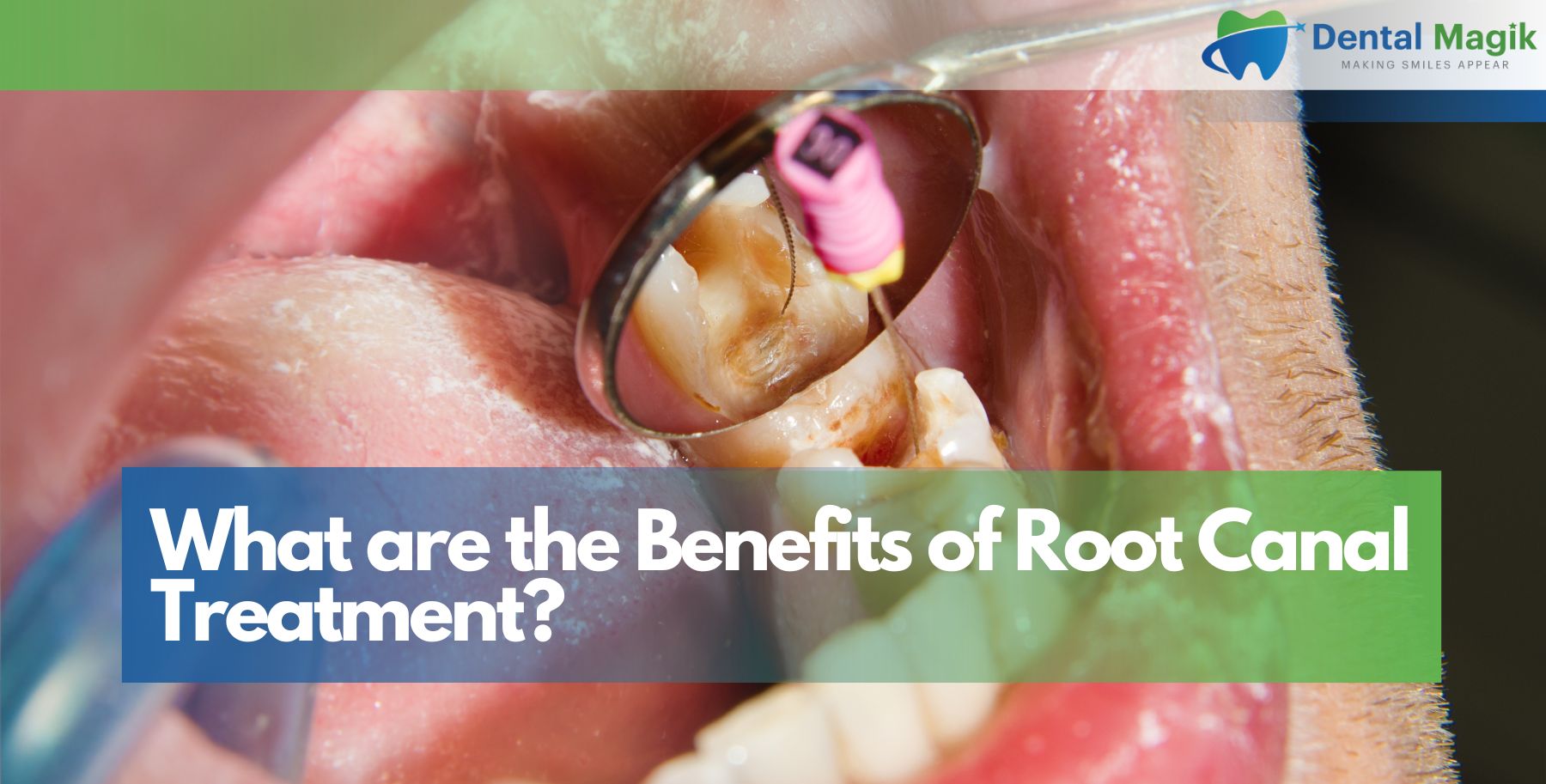Root canals have a tough reputation. Just the words can make some people nervous. But Root Canal Treatment is one of the most important dental procedures to save a damaged or infected tooth. It sounds scary, but it’s not. Today’s technology and techniques make it safe, quick, and mostly painless.
If you have been told you need a root canal, don’t panic. Knowing what to expect can ease your mind and help you make informed choices.
This guide will walk you through everything about Root Canal Treatment, including what it is, why it’s needed, how it’s done, recovery, and more.
What Is Root Canal Treatment?
Root Canal Treatment in East Brunswick is a dental procedure that treats infection at the center of a tooth (the pulp). If a tooth’s pulp becomes inflamed or infected, it can cause severe pain or even form an abscess. A root canal removes this damaged pulp to stop the pain and save your natural tooth.
Understanding the Tooth Structure
Each tooth has three main parts:
- Enamel: The hard, outer layer
- Dentin: The softer, middle layer
- Pulp: The innermost part filled with nerves and blood vessels
When bacteria invade the pulp due to deep decay, cracks, or trauma, a Root Canal Treatment becomes necessary to remove the infected tissues.
Signs You Might Need a Root Canal
Sometimes it’s obvious. Sometimes it’s not. Here are warning signs that might mean you need a Root Canal Treatment:
Persistent Tooth Pain
Constant or throbbing pain deep inside the tooth is a common sign something’s wrong.
Sensitivity to Hot and Cold
Pain that lingers after eating hot soup or drinking cold water could mean infection.
Swollen Gums
Tender, swollen gums near a painful tooth might suggest an abscess forming.
Tooth Discoloration
Darkening of the tooth can indicate dying nerve tissues inside.
Pimples on the Gums
Small bumps or pus pockets could point to a serious infection needing immediate care.
Common Causes of Root Canal Problems
There are a few main reasons why people need Root Canal Treatment:
Deep Tooth Decay
Untreated cavities can spread deep into the pulp chamber.
Repeated Dental Procedures
Multiple procedures on the same tooth can irritate and inflame the pulp.
Cracked or Chipped Tooth
A crack can open a pathway for bacteria into the pulp.
Trauma
An injury to a tooth—even without visible cracks—can damage pulp tissues.
The Step-by-Step Root Canal Procedure
Worried about what happens during a Root Canal Treatment? Let’s break it down.
Initial Consultation and X-rays
First, your dentist will take X-rays to assess the infection and plan the procedure.
Local Anesthesia
A numbing agent ensures you feel no pain during the treatment.
Removing the Infected Pulp
A small opening is made, and the dentist removes the damaged pulp tissue.
Cleaning and Shaping the Root Canals
Special tools are used to clean and shape the inner root canals.
Filling the Canals
The cleaned canals are filled with a biocompatible material called gutta-percha.
Sealing the Tooth
A temporary or permanent filling is placed to close the opening.
Is Root Canal Treatment Painful?
This is the biggest myth. Thanks to modern anesthetics and technology, a Root Canal Treatment is no more uncomfortable than getting a regular dental filling.
Many patients feel immediate relief after the infection is cleaned out.
Aftercare and Recovery Tips
Following the treatment, you might experience slight tenderness, but recovery is usually simple.
Post-Treatment Care
- Avoid chewing on the treated side until fully healed.
- Take prescribed medications if needed.
- Keep up with good oral hygiene: brushing, flossing, and regular dental visits.
Getting a Crown
After a root canal, a dental crown may be recommended to protect the tooth from breaking.
Benefits of Root Canal Treatment
Choosing a Root Canal Treatment over tooth extraction has many advantages:
Saves Your Natural Tooth
Keeping your real tooth preserves your natural smile and chewing ability.
Prevents Jawbone Loss
Tooth loss can lead to jawbone deterioration over time.
Restores Function
After the treatment and crown placement, your tooth will function normally.
Alternatives to Root Canal Treatment
While saving the tooth is ideal, sometimes other options are considered:
Tooth Extraction
Removing the tooth entirely is an option but can cause shifting of other teeth.
Dental Implants
If extraction is necessary, a dental implant can replace the missing tooth.
Your dentist will guide you based on your specific case.
Root Canal vs Extraction: Which is Better?
Saving your natural tooth through Root Canal Treatment is usually the best choice for long-term oral health. Extraction should be the last resort when saving the tooth isn’t possible.
How Long Does Root Canal Treatment Last?
A properly done Root Canal Treatment, followed by a good crown and strong oral hygiene, can last a lifetime. Studies show that over 85% of root canal-treated teeth can last 10-15 years or longer.
Root Canal Cost: What to Expect
Costs vary based on:
- Tooth location (front teeth are cheaper)
- Severity of infection
- Dentist’s experience
- Insurance coverage
Generally, a Root Canal Treatment is more affordable than losing the tooth and needing implants or bridges.
Tips to Avoid Future Root Canals
Practice Good Oral Hygiene
Brush twice daily, floss, and rinse with an antibacterial mouthwash.
Visit Your Dentist Regularly
Routine check-ups can catch small issues before they become big problems.
Don’t Ignore Tooth Pain
Prompt care can sometimes prevent the need for root canals.
Conclusion
A Root Canal Treatment doesn’t have to be a nightmare. With today’s dentistry, it’s a simple and highly successful procedure that saves your natural teeth and restores your smile.
If you’re feeling nervous about it, know that you’re not alone—and that you’re in safe hands when you choose an experienced Dentist in East Brunswick, NJ.
Your smile deserves the best care, and sometimes, a root canal is the best step toward keeping it healthy and bright for life.
Frequently Asked Questions
How Long Does the Procedure Take?
Most root canals are done in one or two visits, lasting about 60–90 minutes each.
Is a Root Canal Better Than Extraction?
Yes, in most cases. Saving your natural tooth helps keep your bite and smile healthy.
Can a Root Canal Fail?
Rarely. But failure can happen if the infection wasn’t completely removed or if the seal broke down. Retreatment is possible if needed.
Is It Normal to Feel Pain After a Root Canal?
Mild discomfort is normal for a few days. Severe pain should be reported to your dentist.







